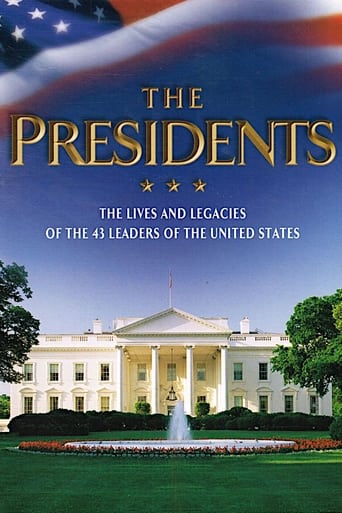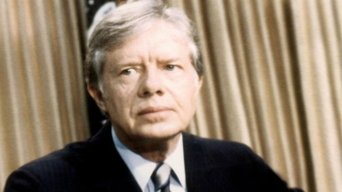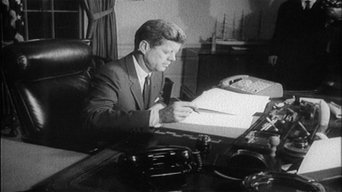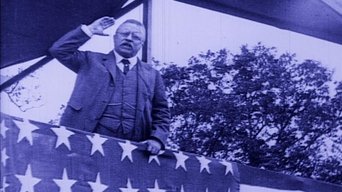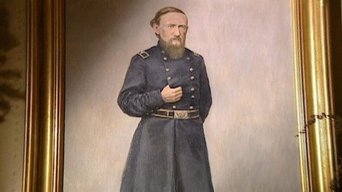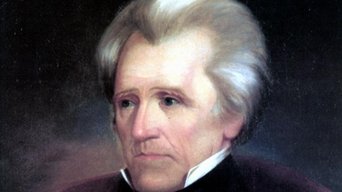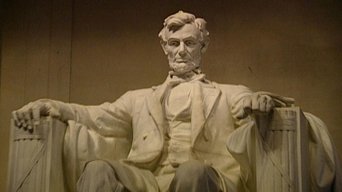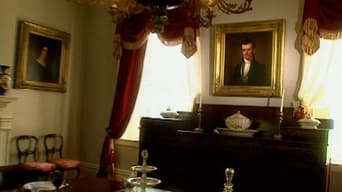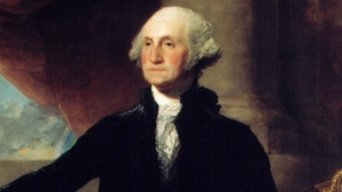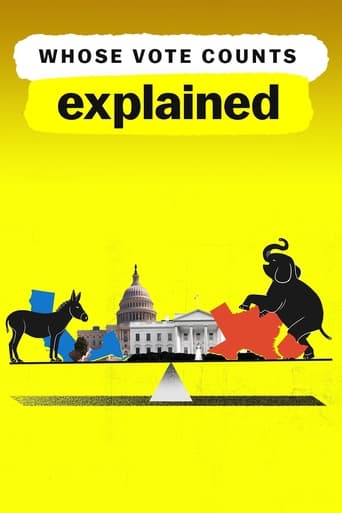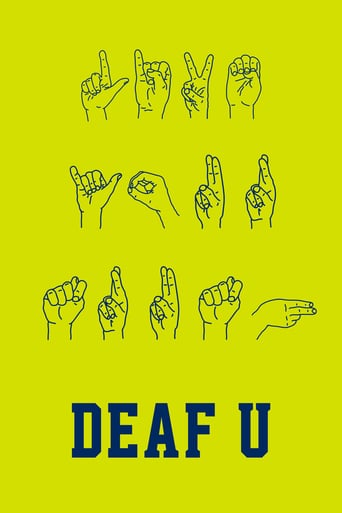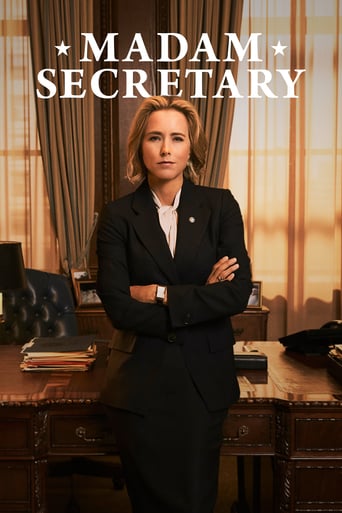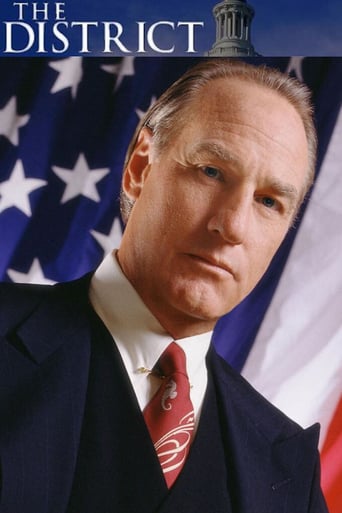The Presidents Season 1
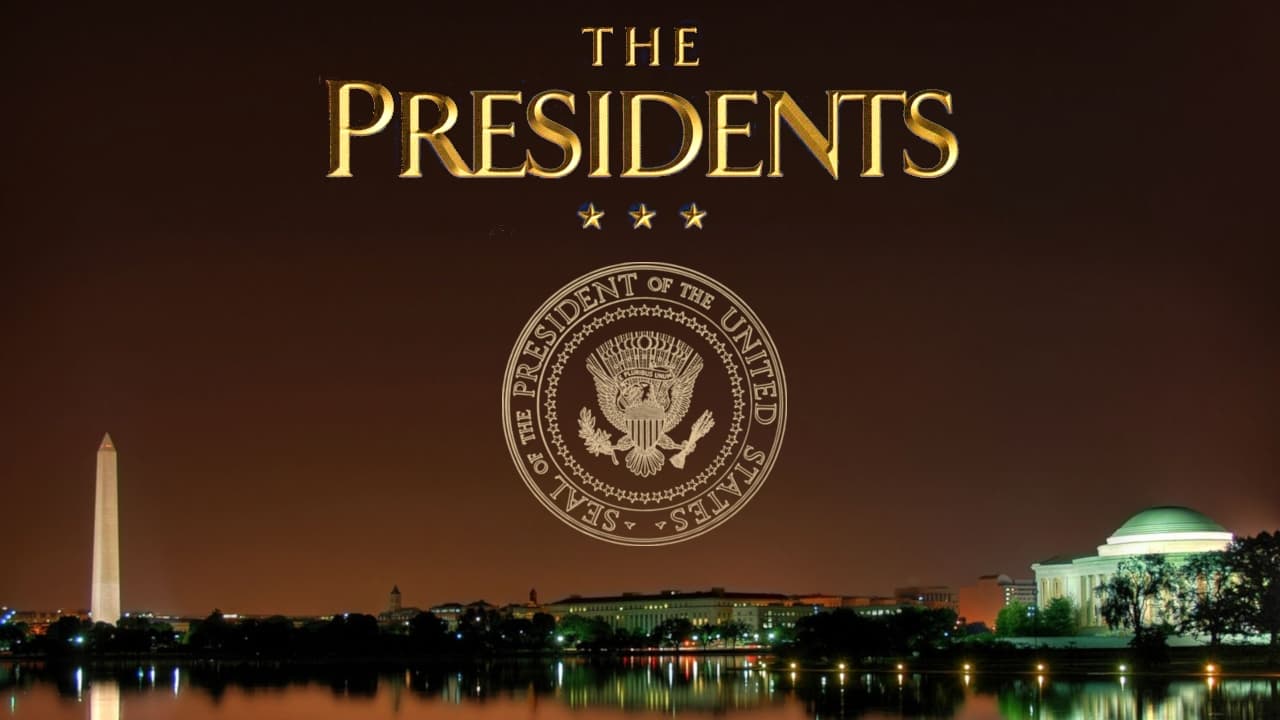
The show documents each of the Presidents in the union, starting with George Washington, following a chronological order up until George W. Bush. Each President's segment begins with the narrator giving a brief dossier about each one, from their political affiliation, family, and notable traits. The show then highlights the history behind each presidency, linking each one to the following.
Watch NowWith 30 Day Free Trial!
The Presidents
2005 / TV-PG


This series accomplishes something not often done. It gives equal time to the lesser known presidents. So Martin Van Buren gets the same 10 minutes as Abraham Lincoln. This makes you understand how much we just don't know about the most revered political position in these United States.
Watch Trailer
With 30 Day Free Trial!
The Presidents Season 1 Full Episode Guide
As the saying goes, behind every great man stands a great woman. This special bonus feature sets about both proving and disproving the adage. From the remarkable accomplishments of Eleanor Roosevelt to the quiet strength of Barbara Bush to the future Presidential hopes of Hillary Rodham Clinton, take a fascinating look at the nation's most significant others.
From the fall of the Berlin Wall to the inauguration of 2005, Carter suffers through an economic depression and the Iran Hostage Crisis; Reagan survives assassination, Iran-Contra, and the Strategic Defense Initiative; George Bush initiates the Gulf War; Clinton presides over a booming economy, sex scandals, and impeachment; and George W. Bush follows 9/11 with his cowboy Doctrine of Pre-emptive Strikes.
Truman leads the United States into the Atomic Age and the beginning of the Cold War. The most likeable president in U.S. history and hero of D-Day, Eisenhower is followed by the youthful charisma of Kennedy, until his tragic assassination. LBJ finally pulls out of Vietnam, while Nixon resigns and Ford stumbles. Along the way the moon is reached.
While America emerges as a super-power, Wilson promises to "make the world safe for democracy," Harding's administration is wracked by scandal, Coolidge ushers the nation to a dangerous economic precipice that leaves Hoover with the Great Depression--which finally ends as FDR leads the nation through WWII.
During an era of unbridled economic growth called the Gilded Age, Cleveland becomes the first president to serve two non-consecutive terms, McKinley is assassinated, Teddy Roosevelt launches an all-out anti-trust assault on Big Money monopolies, and Taft becomes estranged from his mentor and friend, Teddy Roosevelt.
The Age of Reconstruction follows the Civil War. Three of the five presidents during this period are former generals of this war. Highlights include Johnson's impeachment trial, Grant's triumphs, the back room politics of Hayes, and Arthur's Civil Service reforms.
The most volatile period in U.S. history leads to the American Civil War. Follow the Presidency from the rough style of Taylor--the second president to die in office--and relative ineffectiveness of Fillmore and Pierce, to the near treason of Buchanan's administration, to Lincoln's shocking assassination.
In a period of rapid growth for the nation and contentious politics in Washington, Jackson heralds in the era of the Common Man and Manifest Destiny. Quincy Adams threatens to undo the virtues of American politics, while the economy tumbles during Van Buren's term. Harrison dies in office and Polk declares war on Mexico.
During the heady days of the Constitutional Era, America's Founding Fathers set the future of a nation on its course. Washington helps define the Presidency that evolves through Monroe's administration, while Adams sees the country through the XYZ Affair and Jefferson signs the Louisiana Purchase.
Free Trial Channels
Seasons


